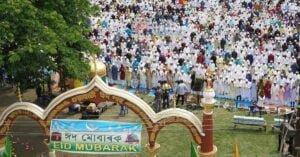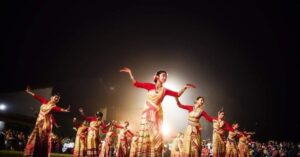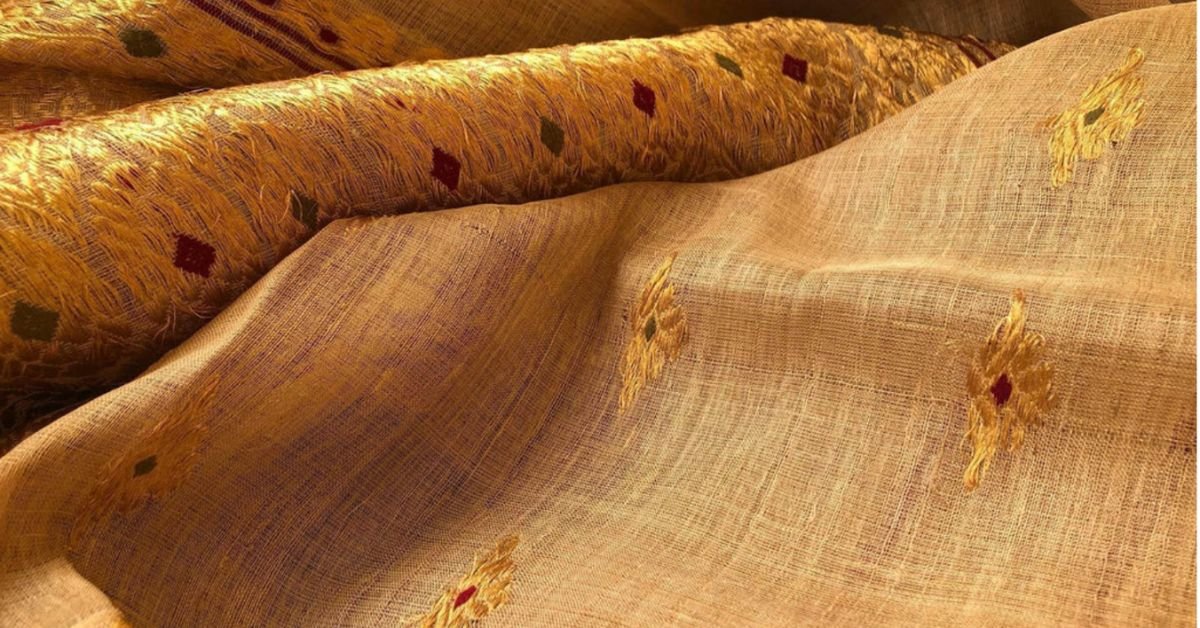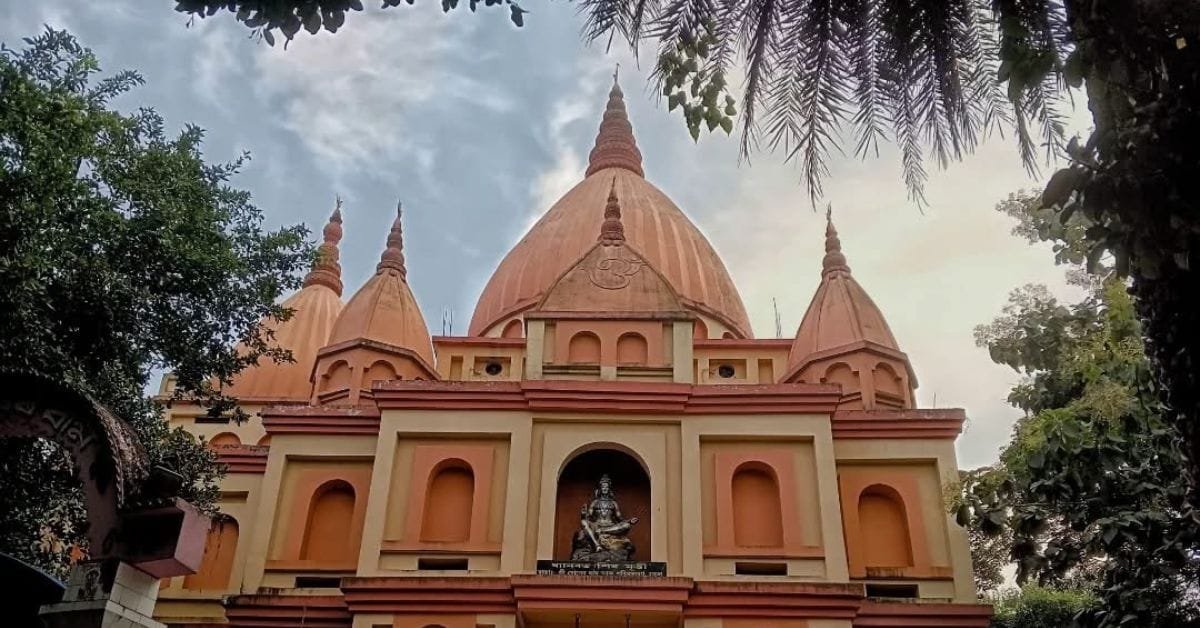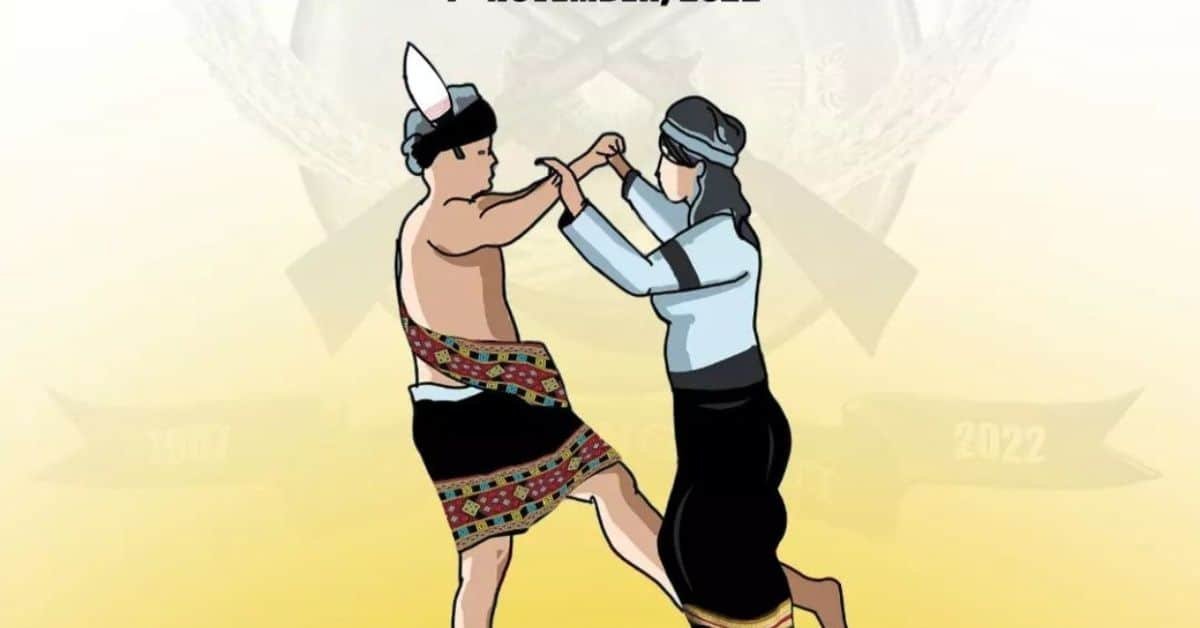When one looks at the outlook view of Assam, one stands in front of an understandably large canvas enriching with images of various shades and colours in terms of indigenous languages, cultures, traditions, social practices, economics, and livelihood patterns, all of which have distinctive characteristics tailored within the boundaries of Assam. The narrative of Assamese Muslims emerges as a vibrant thread, intricately woven into the fabric of the region’s history and identity. From ancient encounters with Islam to contemporary challenges, the story of Assamese Muslims unveils a journey marked by resilience, adaptation, and coexistence.
Since the early 13th century, Assam has welcomed diverse cultures, with Islam leaving an indelible imprint through migrations, settlements, and assimilation. From the initial encounters with Ikhtiyaruddin Bakhtiyar Khilji to the subsequent arrivals of Sufi saints and Muslim settlers, Assam’s landscape has been shaped by the multifaceted contributions of its Muslim inhabitants.
However, this narrative is accompanied by complexities. Despite their deep integration into Assamese society, Assamese Muslims grapple with educational and socio-economic disparities, highlighting the imperative for concerted efforts towards greater inclusivity and equity. As we delve into the chronicle of Assamese Muslims, we encounter both the richness of their cultural heritage and the challenges they confront in realizing their full potential within the broader fabric of Assam’s collective identity.
The first step of Muslims in Assam
The initial steps of Islam in the lush lands of Assam echo stories of an era long past, intertwined with the twists and turns of history. According to historical accounts, Muslims first set foot in Assam, the doorway to the mystical northeast of India, during the early years of the 13th century. It was in 1205-06 1 that Ikhtiyaruddin Bakhtiyar Khilji, 2 a brave general under Qutubuddin Aibek, who, having previously conquered parts of Bihar, passed through Assam, then known as Kamrupa, 3 to annex Tibet.
Amidst the chaos of military expedition, the chief of the Mech community helped Khilji’s campaign. In a significant turn of events, the chief embraced Islam, and came to be known as Ali Mech (the first to convert to Islam in the region), and it was the initiation of the process of conversion of the locals to Islam. On his return from a doomed military expedition, Khilji faced the Kamrupa king prithu and met with disastrous defeat.4 Though Khilji managed to escape across the Brahmaputra, his soldiers were captured by the victorious king, who, in a generous gesture, granted them settlements within the kingdom, laying the groundwork for Muslim communities in Assam.
The settlement of Muslim prisoners in Assam after the invasion was followed by the advent of the Sufi saints of the Hanafi order, who sought to spread the teachings of Islam through love, compassion, and cultural integration during the 13th and 17th centuries. It is relevant to mention that the Sufis belonging to the four Madhabs (schools of jurisprudence) in Sunni Islam—hanafi, hambali, maliki, and shafi’i—migrated from Baghdad during the Umayyad caliphate (661–750). The Shafi’i Arabs undertook the task of Islamisation in the Malabar coastal region of south India, while the Sufis of the Hanafi School reached the Gangetic plains. Notable among these spiritual figures is Azan Faqir, revered for his musical compositions that resonate with the fervour of devotion, transcending divisions of faith and ethnicity.
Subsequent centuries witnessed a series of Muslim invasions of Assam’s fertile plains, spanning from the first invasion of 1205-06 to the late 17th century, covering a tumultuous period of 476 years.5 After these conflicts, defeated warriors found refuge in Assam, as local rulers extended reconciliation, granting them settlements within the kingdom.
The descendants of these early settlers, along with later waves of Muslim migrants, came together to form the mosaic of indigenous Assamese Muslims, their identity shaped by a process of assimilation, where ethnic distinctions blurred the lines of religious affiliation. Thus, the Islamic legacy in Assam intertwines with the rich tapestry of indigenous Assamese culture, transcending religious barriers to create a shared heritage of unity in diversity. 6
Linguistic assimilation within Assamese language
The language is the core trade mark of identity in the local life. For the Muslims residing in the Brahmaputra and Barak valley, Assamese serves as their linguistic anchor, resonating with echoes of history from their earliest days as invaders, captives, and eventual settlers. Yet, for those Muslims arriving from distant shores as invaders, traders, or those sponsored by local potentates, the language wasn’t the same as their mother tongue was.
Consequently, a myriad of Arabic and Persian lexicons found sanctuary within the Assamese language and strengthened by its core.The entry of Arabic and Persian languages surged notably during the 17th century, amid the clash of Ahoms with the Mughals, when they were captured by the Ahom. 7 Thus, words like “bandook” (gun), “darji” (tailor), “hakim” (physician), “pyjama” (pants), “qaidi” (prisoner), “adalat” (court), “dukan” (shop), “shaheed” (martyr), “bazaar” (market), “sipahi” (soldier), “zamindaar” (landlord), and others etched themselves into the Assamese language.7
However, the Islamic influence upon Assamese culture stands as a striking hallmark of its multifaceted heritage. This seems to have occurred over centuries since the first contact of Assam with the Muslim world. The Muslim contribution to Assamese literature, both before and after independence, resonates with significance across various aspects. While their literary output may not have been numerous in the mid-20th century, the indelible impact of Islam on early and contemporary Assamese literature remains an enduring legacy and unforgettable.8
The classification of indigenous Assamese Muslims
As mentioned, the original pattern of Muslim population in Assam is quite different from the other states of India. They entered as conquerors, preachers, administrators, and cultivators. The process continued into the early part of the 20th century AD. Those who settled permanently in Assam assimilated into the local people. And these people later came to be known as indigenous Assamese Muslims. On the basis of their origin, Muslims in Assam can be grouped into two broad categories:
- Garia and Maria Muslims.
- Miya Muslims and Julhas.
Garia and Maria Muslims:
A significant faction Within Assam’s Muslim community, is colloquially referred to as ‘Garia’. The term finds its roots in ‘Gour’, the erstwhile capital of the Bengal sultans.9 These Muslims, migrating from ancient ‘Gour’ to Assam, were initially known as ‘Gourias’, eventually the term evolved into ‘Garia’.
The migration of Muslims from ‘Gour’ to Assam occurred at different times, and most of them settled here permanently. While the term ‘Garia’ is not free from controversy, almost all of the reliable written documents attest to their origins from ‘Gour’. Nevertheless, divergent interpretations persist, with some suggesting that ‘Garia’ denotes to the unsuccessful or unskilled individuals, 10 while some said Garias are GHARIAS (the locals). However, at Present there are numerous villages in Assam are inhabited by the ‘Garia’ community.
Another subset of Assam’s Muslim populace is the ‘Marias’, hailing from Gour ancestry. Their designation is given for their expertise in crafting articles of brass, with the term ‘Maria’ derived from the Assamese word ‘mar’ or ‘mariua’, denoting the action of beating or striking with a stick. This section of Muslims contributed much to making utensils of brass. Hence, it becomes evident that the ‘Marias’, although originating from Gour and initially identified as ‘Garia’, have become distinguished by their specialization in brass work within the Assamese context.
Miya, Deshi Muslims, and Julhas:
Two-thirds of Assam’s Muslim population trace their origins to Bengal, using ‘Bengali’ (not totally pure but slightly changed), at home and Assamese in public. Referred to as ‘Miya’ (miyan) in various parts of Assam, these Bengali-origin Muslims transitioned to identifying as Assamese from 1951 onwards, adopting the Assamese language in most spheres of life, except within their households.
In the early 1950s, Muslim cultivators from East Bengal received invitations from the British to settle permanently in Assam.11 The local Assamese welcomed them and embraced them, calling ‘miyan’ which meant ‘gentleman’ or ‘middlemen’. But they soon faced growing identity-related tensions during political transitions between 1951 and 1965.
Conversely, the Deshi Muslims, hailing from the former Kamatapur kingdom, constitute a prominent community in Assam, numbering around 2 million in regions like Dhubri, Goalpara, Kokrajhar, Kamrup Rural, and South Salmara. The local Muslims of these regions call themselves ‘Deshi’, and they use the term ‘Bhatiya’ to designate the ‘downriver’ Muslims from east-Bengal.12
In the mid-1800s, the British relocated a group of Bengali Muslims to upper Assam for cotton weaving, known as Julhas. According to recent studies, there are around two lakh Julhas in Assam, primarily speaking Kurmali and Sadri, with Khorta as their principal language. As a reminder of KARBALA, they used to play Lathi khel (stick play), and they also performed Shaper puja (snake worship) by feeding the snakes milk and rice.
Conclusion:
Needless to say that, Assamese has a composite community and culture. Muslims of Bengali origin make up a sizable proportion of its population. The narrative of Assamese Muslims illuminates a multifaceted history deeply intertwined with the cultural landscape of Assam. From their earliest interactions with Islam to their present-day contributions, Assamese Muslims have woven themselves into the fabric of Assamese society, enriching it with their traditions, language, and heritage.
As we reflect on their journey, it is essential to acknowledge these disparities and commit to fostering greater inclusivity and equity. By prioritizing initiatives that address these issues and promote inter-community understanding, we can strive towards a more cohesive and prosperous Assam, where all residents, regardless of background, have the opportunity to flourish and contribute to the collective tapestry of Assamese identity.
Originally written by: Rakib Chowdhury (Darul Huda Islamic University, Assam/ email id: rakibchowdhury2008@gmail.com)




